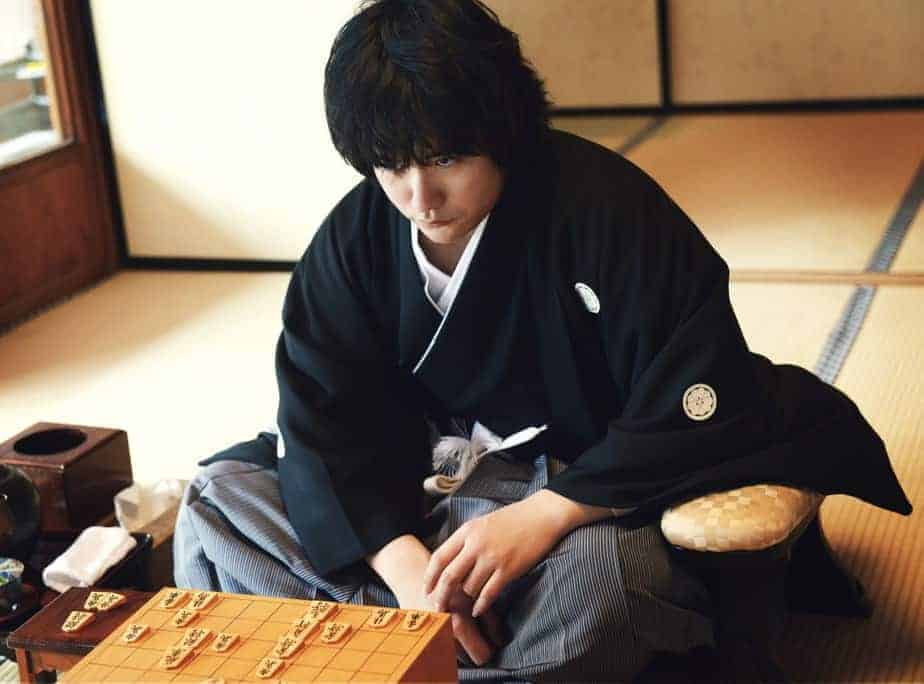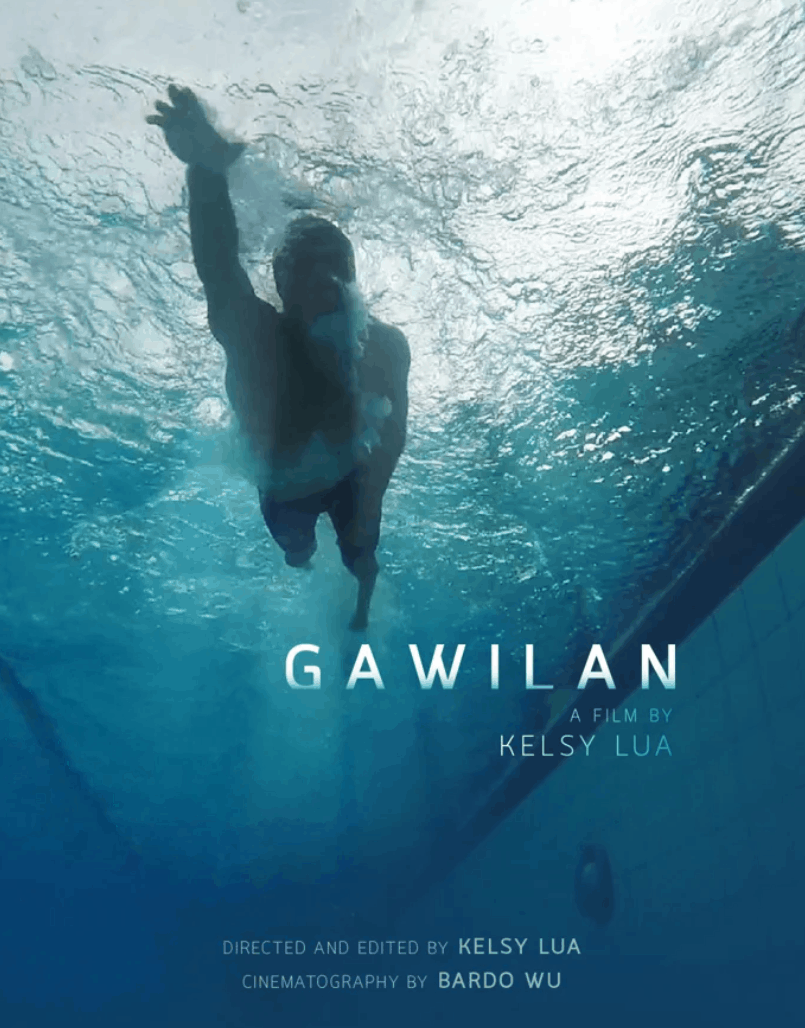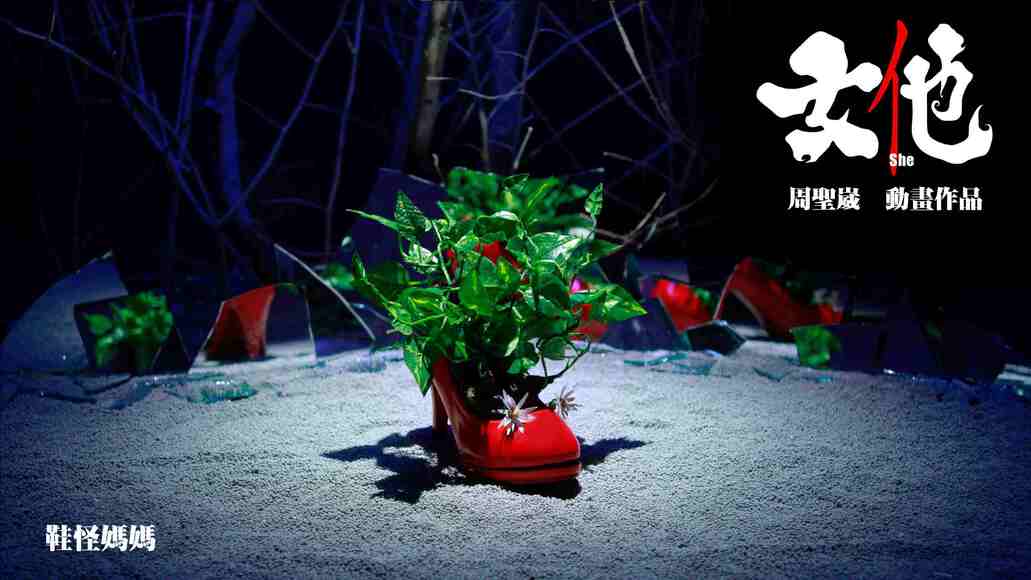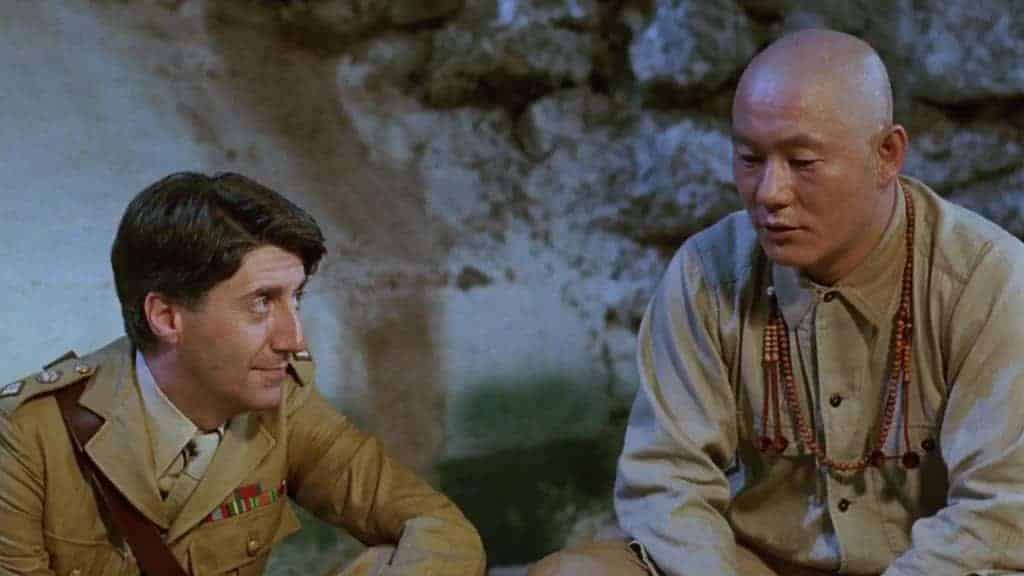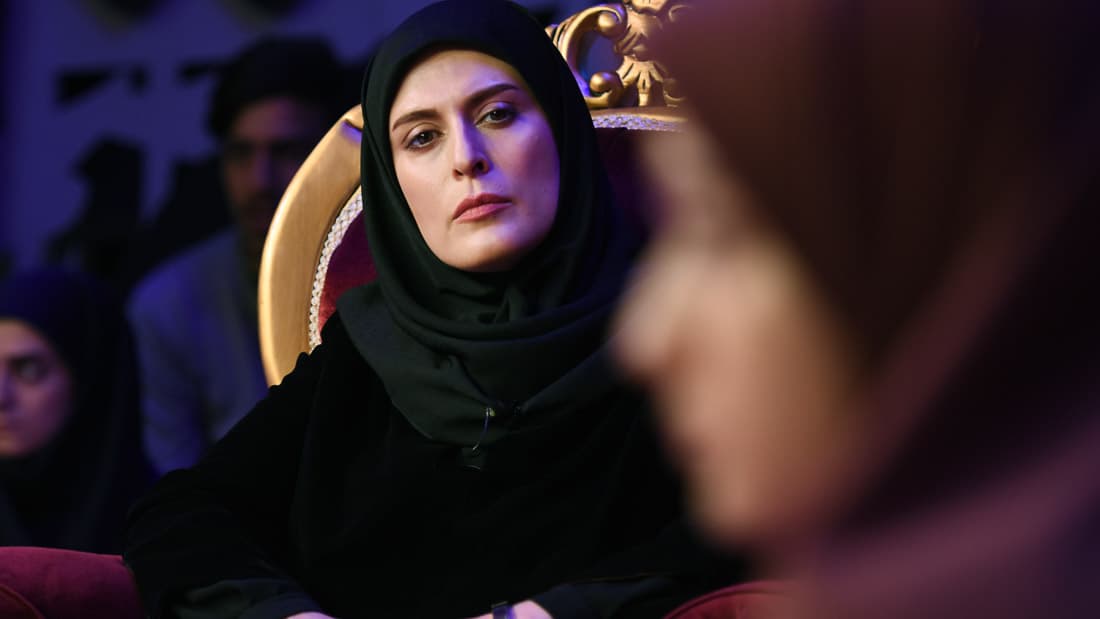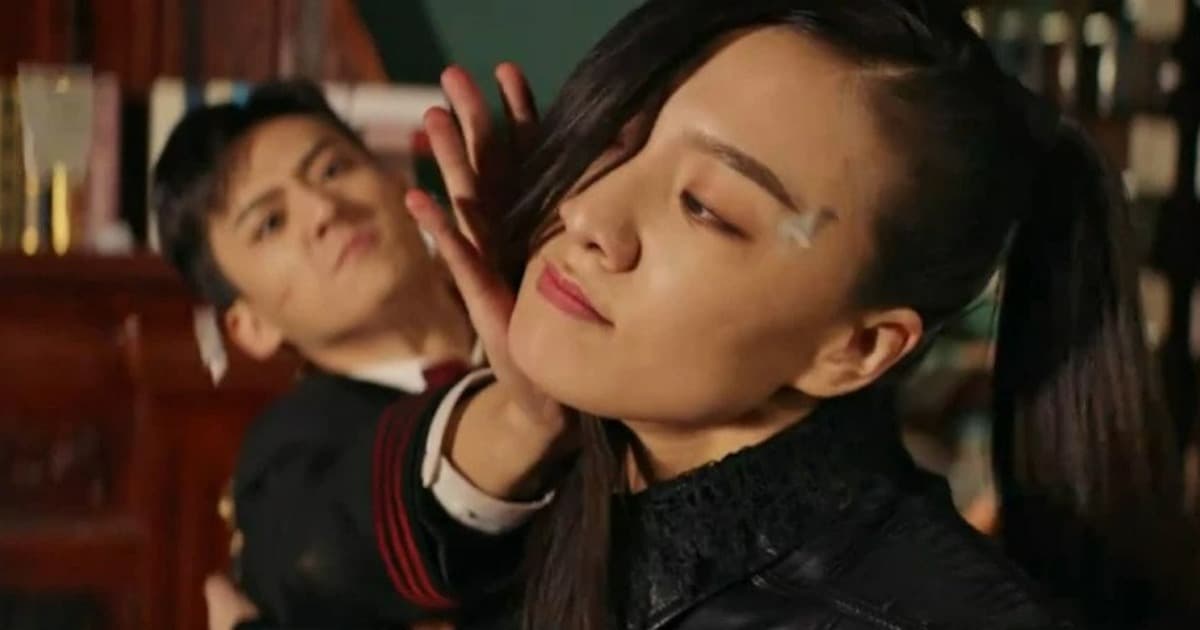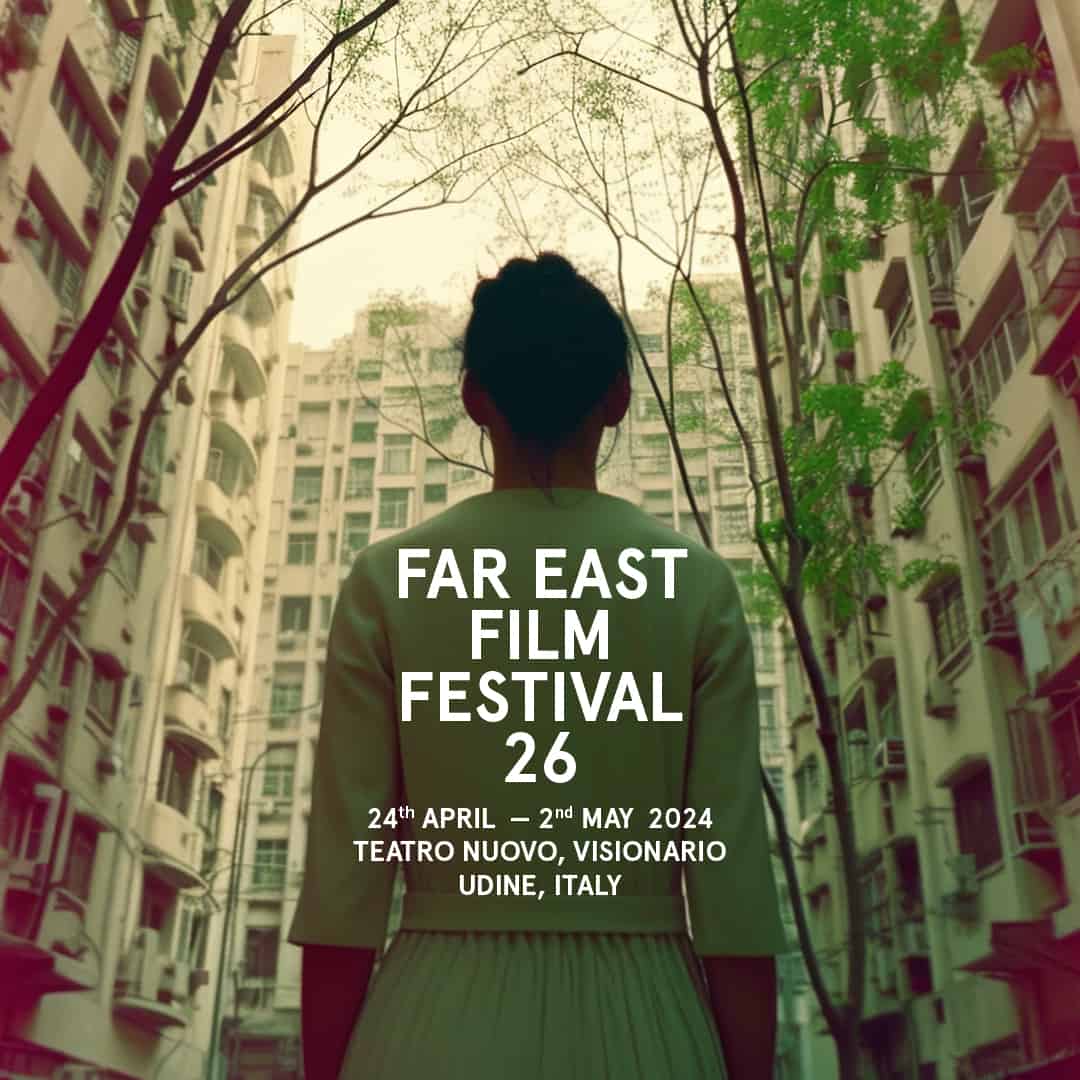When I refer to the Japanese way, I actually mean the desperate struggle for greatness that reaches, and occasionally surpasses, the borders of obsession, in an effort against all odds, to the death. The life of Satoshi Murayama embodies this very Japanese trait, in a wonderful biopic that won a number of awards in Japan and was screened in festivals all over the world.
Satoshi: A Move for Tomorrow will screen at Camera Japan, that will be on in Rotterdam 21-24 September and Amsterdam 29 September – 1 October
The film follows the life of Satoshi, who was diagnosed with nephritis since the age of five, and managed to face the world and cope with his illness through shogi, a traditional Japanese board game that shares some similarities with chess. The film starts with Satoshi in his twenties, living in Osaka, and trying to cope with his pain and his illness, and at the same time, to surpass his rival, Habu, who has been moving to the tops of the shogi world, winning against every master in his way. Despite his deteriorating health, he decides to go to Tokyo, where he can challenge better players and improve his game. In his struggles, two people stand by him at all times, his teacher Nobuo Mori and his best and probably only friend Mitsugu, who support him in any way they can. However, Satoshi has the behaviour of a rock star, slamming his opponents due to their inability to beat him, and getting frequently drunk to the point of passing out on the streets, and a bad drunk for that matter, as he tends to insult everyone around him when he is intoxicated. His passion for shogi though, and his will to beat Mitsugu and become the best remains unwavering, to the point that he totally neglects his health, with devastating consequences. The narrative also features some flashbacks that show his path to the point he is today, and a little part about his parents' attitude towards his behaviour.
Despite the dramatic intro, the film actually starts with a somewhat cheery tone, as Satoshi is portrayed as a book (manga) worm with no social skills, who lives a life filled with quirkiness. However, as time passes, the drama and the realism take over, as Satoshi's situation becomes more and more dire, and he is vacuumed in a downward spiral that threatens his own life. His obsession to win, his frequent drunken stupors that have him going against everyone who seems to care for him and his health make for a truly dramatic base, and form one of the two basic elements of the film.
The second element is shogi, a game that is quite uneventful in its premise (it is a kind of chess) but serves another, more significant purpose, as the film seems to move, frequently, in the rhythm of the clocked movements of the players. Takashi Sato does a great job implementing this tactic with his editing. At the same time, the fact that after a player delays once, he has to make his next moves in under a minute makes for a number of agonizing scenes, which Yoshitaka Mori took as much advantage as he could in order to induce the element of excitement in the film.
In this largely dramatic setting, there is a scene of true joy for Satoshi, where, after a game with is rival, he invites him for a drink in a lonely bar-restaurant. This scene, where just the two of them are present (with the exception of a subtly humored scene involving the owner) is one of the most significant in the film, as their reasons for going to such extremes to win are presented eloquently and with gusto, along with a respect that only appears when equal geniuses meet.
The theme of the genius who has to face extreme conditions or become a truly despicable person in order to reach the top has been a recurring theme of world cinema, with films like “Whiplash” easily coming to mind. Satoshi's sickness however, induces his character and the concept with a heroic aura, that justifies, to a point, how despicable he can be, and the same time presents the genuinely Japanese concept of the Harakiri, as he is actually a man who is willing to die than succumb to defeat.
The movie benefits the most by Kenichi Matsuyama's performance, who manages to present a very difficult character, which has to show almost constant pain, particularly during the games, and a distinct disregard for it. The scenes where he is drunk, and his struggle during the games are the highlights of an impressive performance. Mori based the film almost completely upon him, and he delivered in outstanding fashion. Masahiro Higashide as Habu is also very good, portraying a sure-of-himself, but quite restrained character. Lily Franky, who seems to be everywhere at the moment, presents a very likeable character, as a kind of cool father figure. Shota Sometani has a secondary role as Mitsugu, but his character plays a significant part, portraying the cruelty of the professional shogi world, and in that aspect, he does a nice enough job.
Katsumi Yanagijima's cinematography is another of the film's traits, with the images presented in the games being luxurious and restraint at the same time, as they also benefit the most by Norifumi Ataka's set design. At the same time, he has included some very elegant exterior shots, by framing Satoshi along with the beauties of the Japanese environment
“Satoshi: A Move for Tomorrow” is a great biopic, that manages to surpass the limitations of its main theme through its direction, editing and acting, and presents a realistic and entertaining spectacle about the struggles of man against his own nature.


